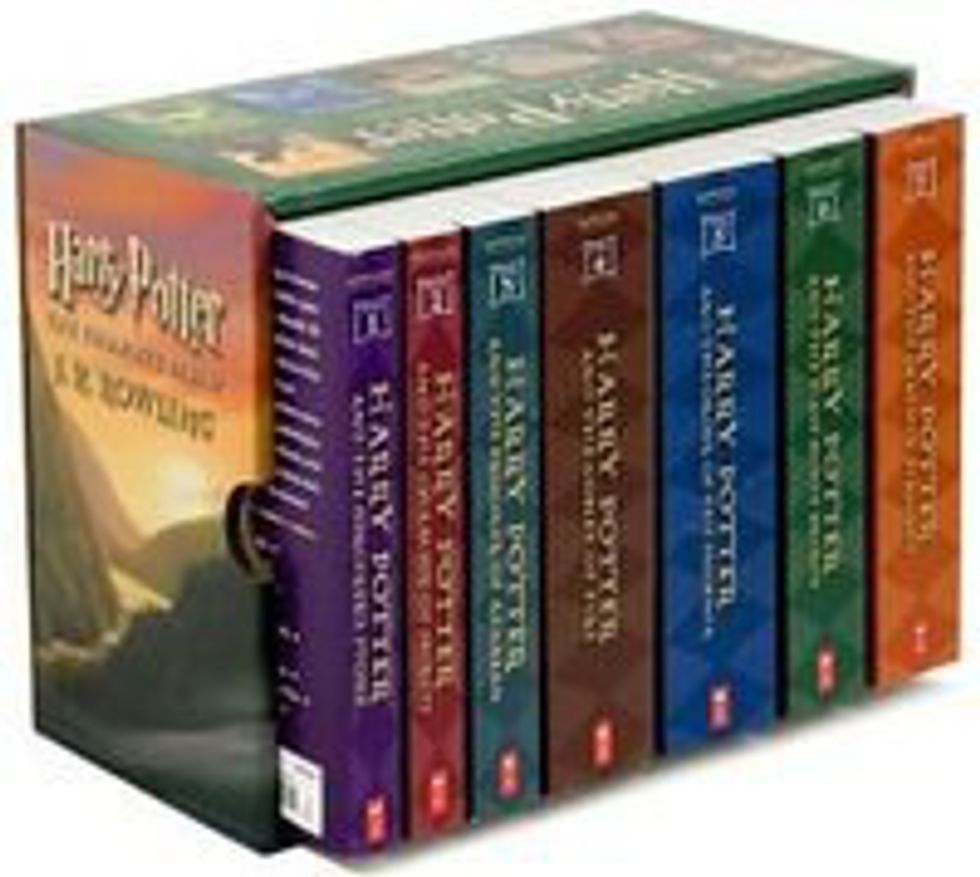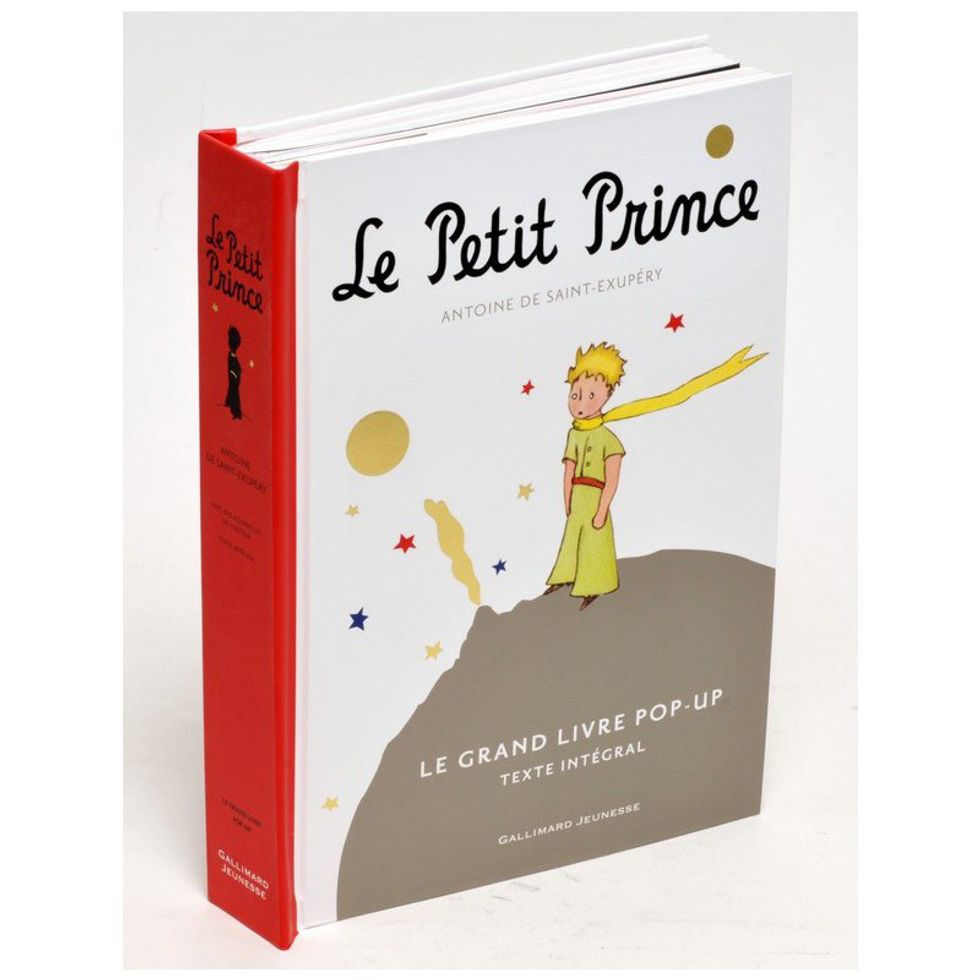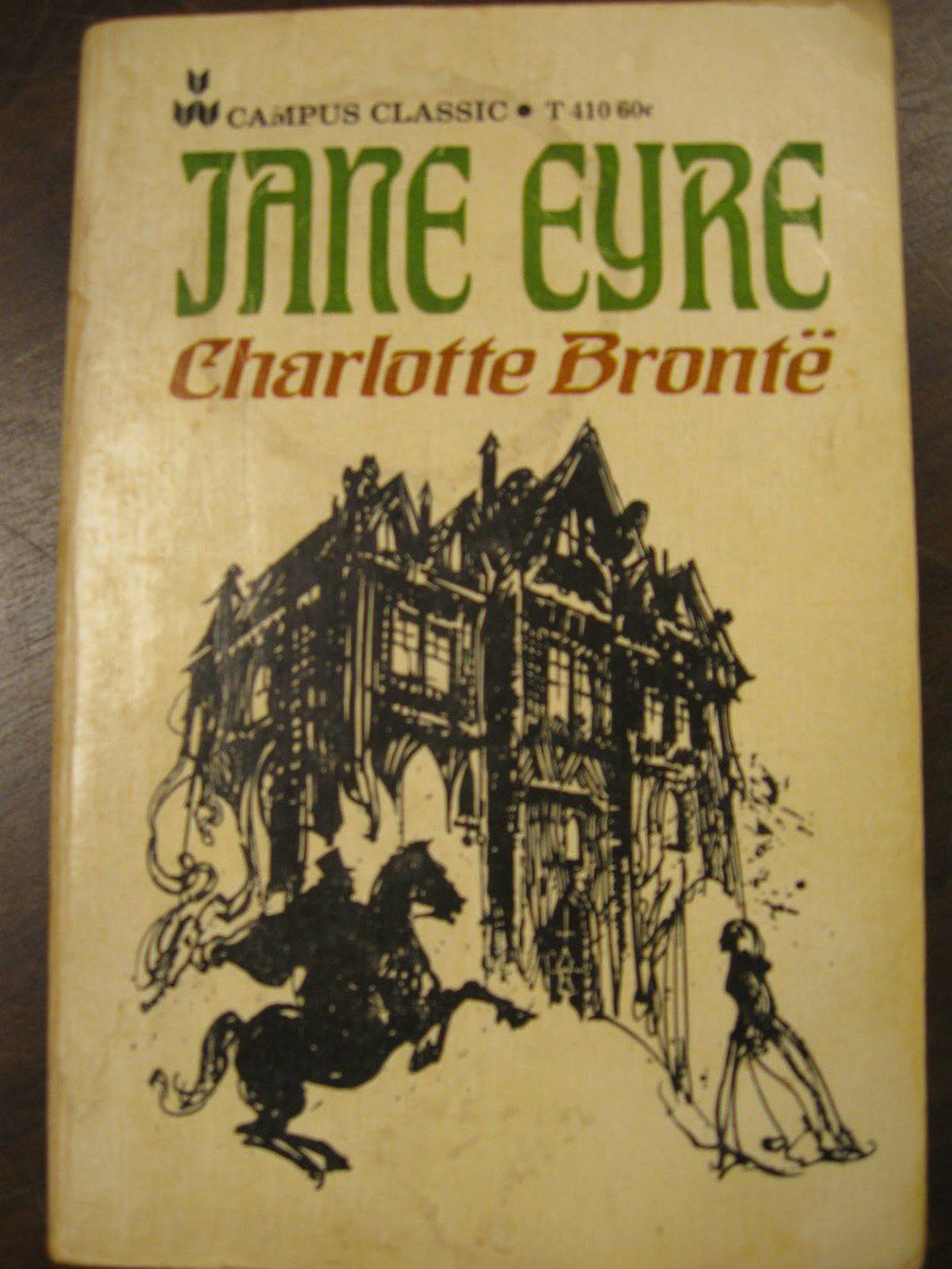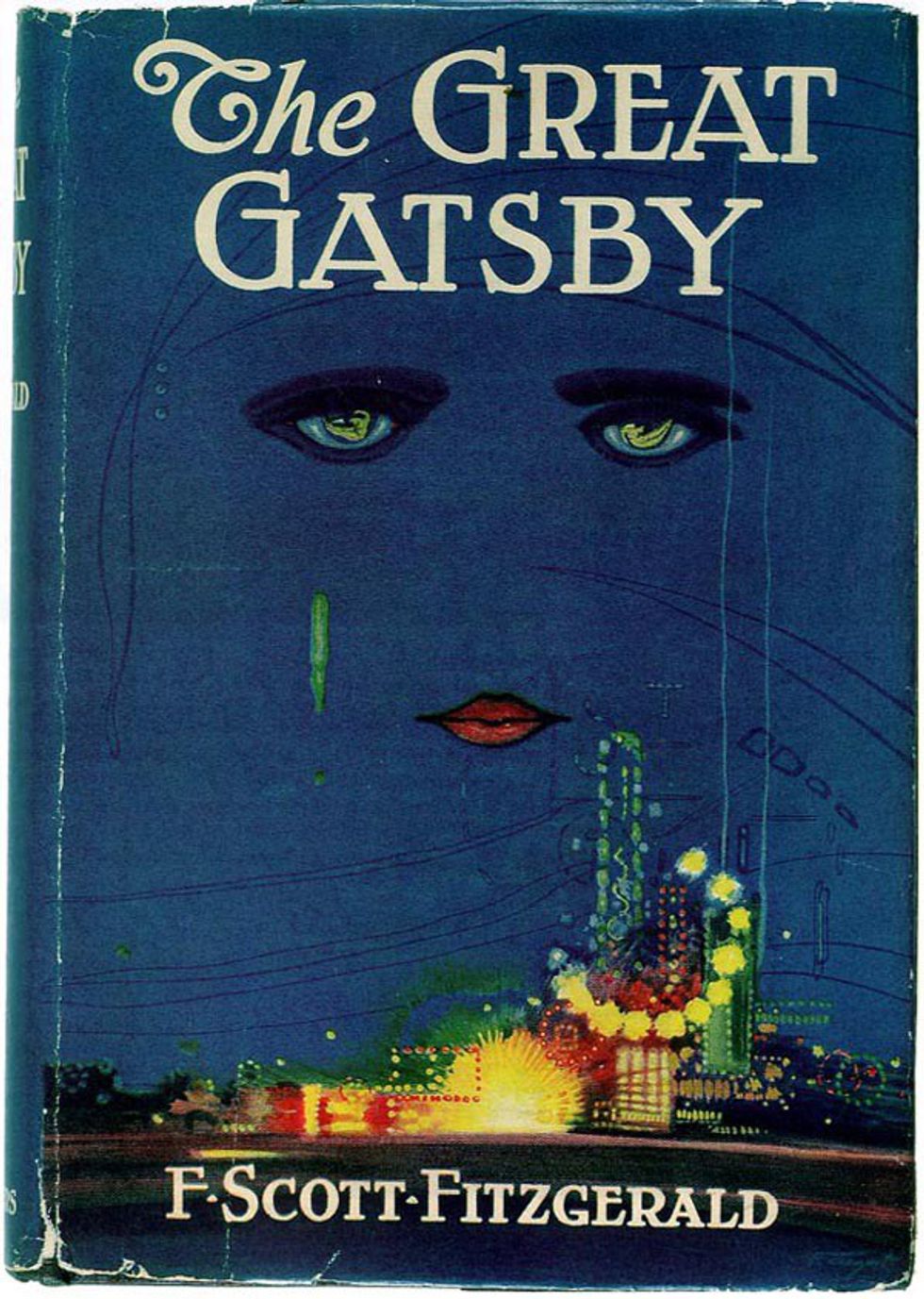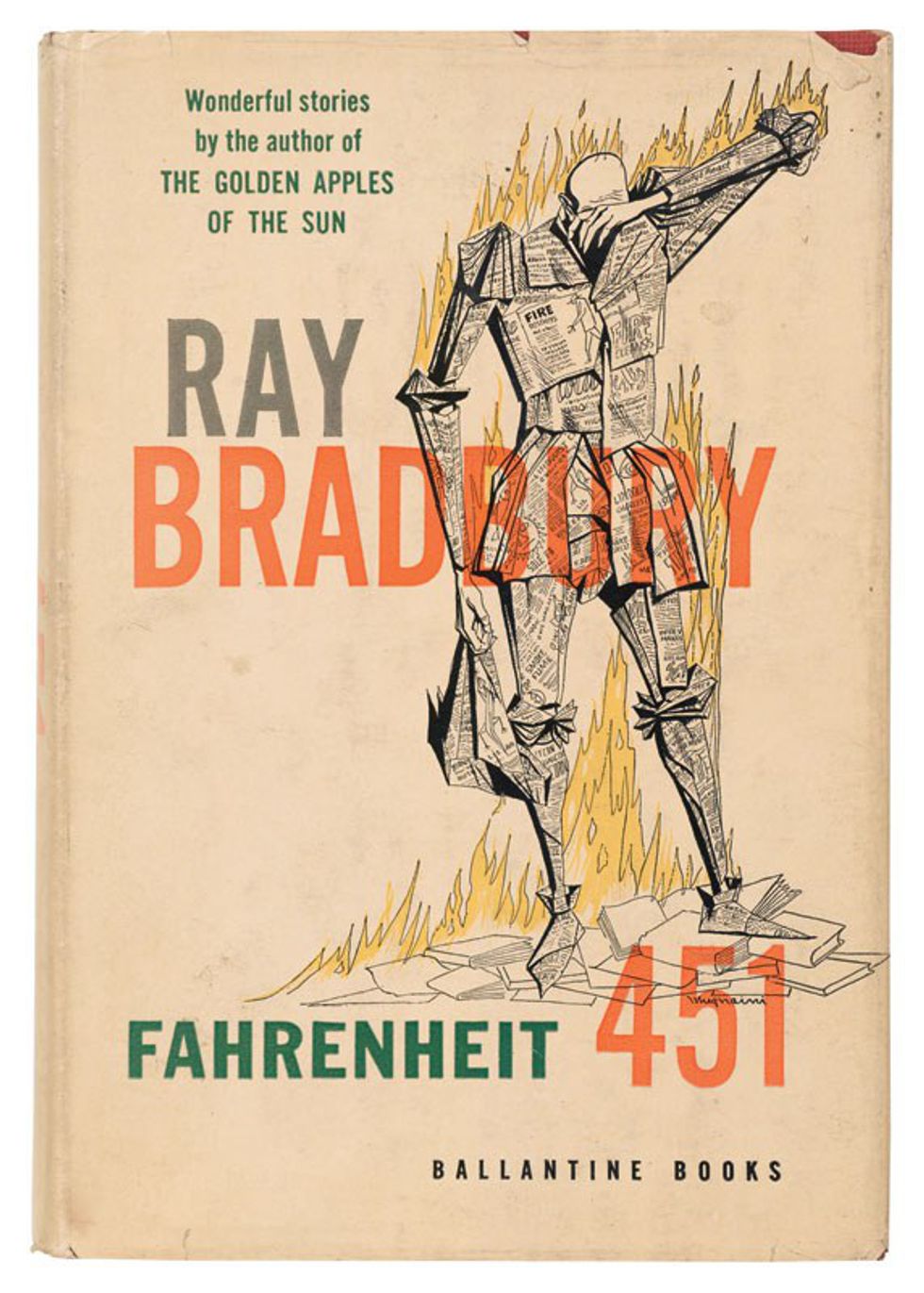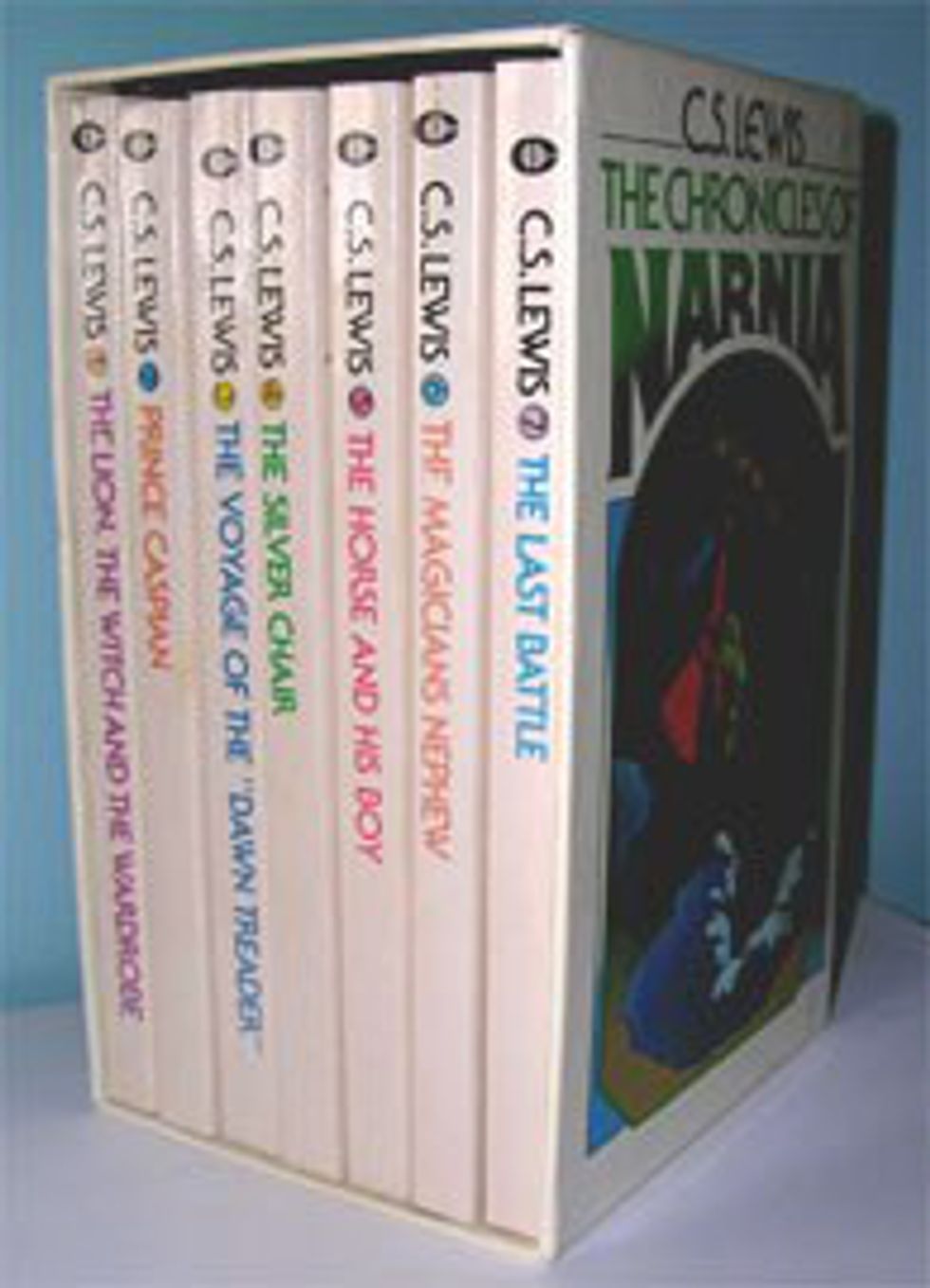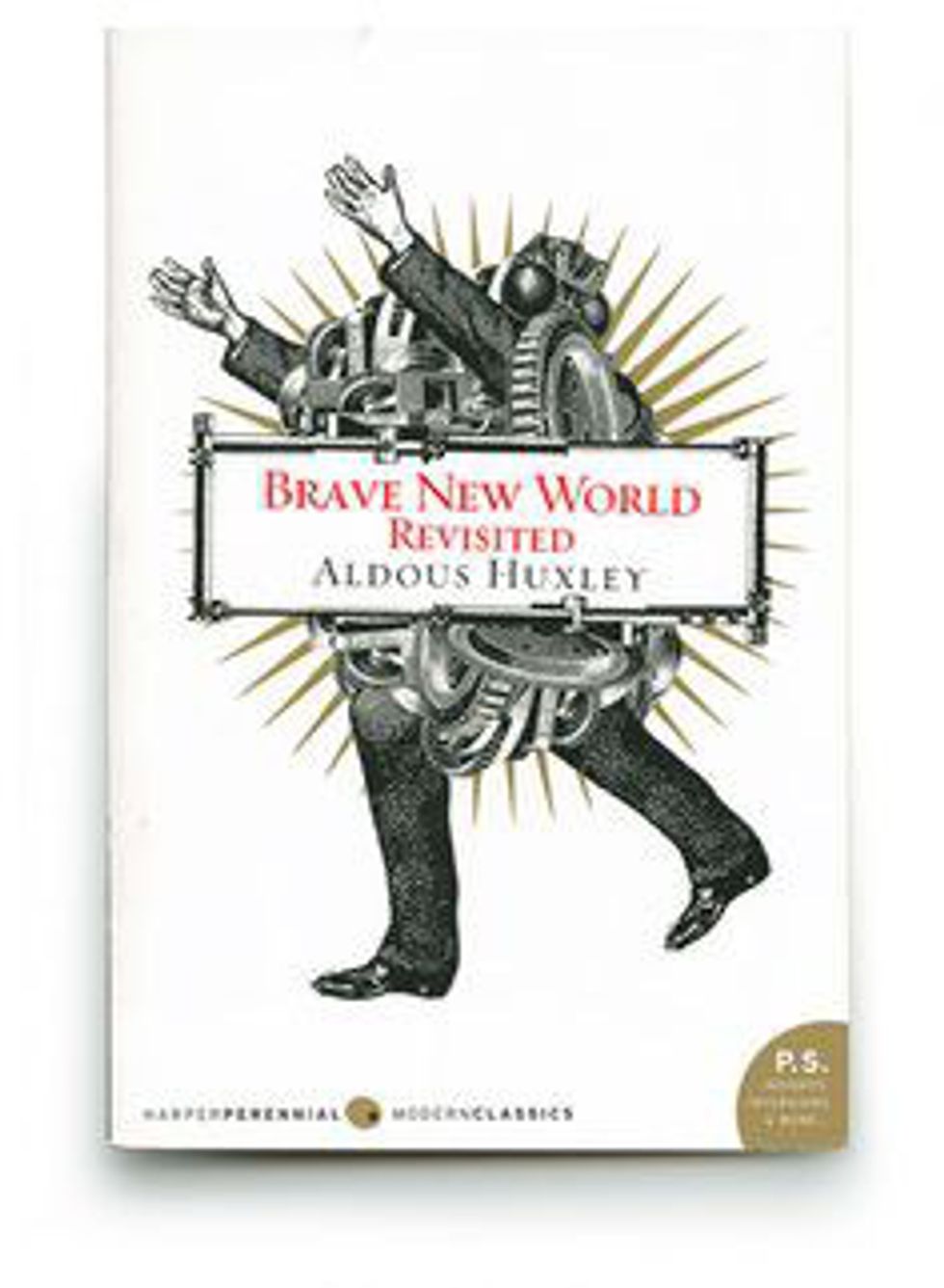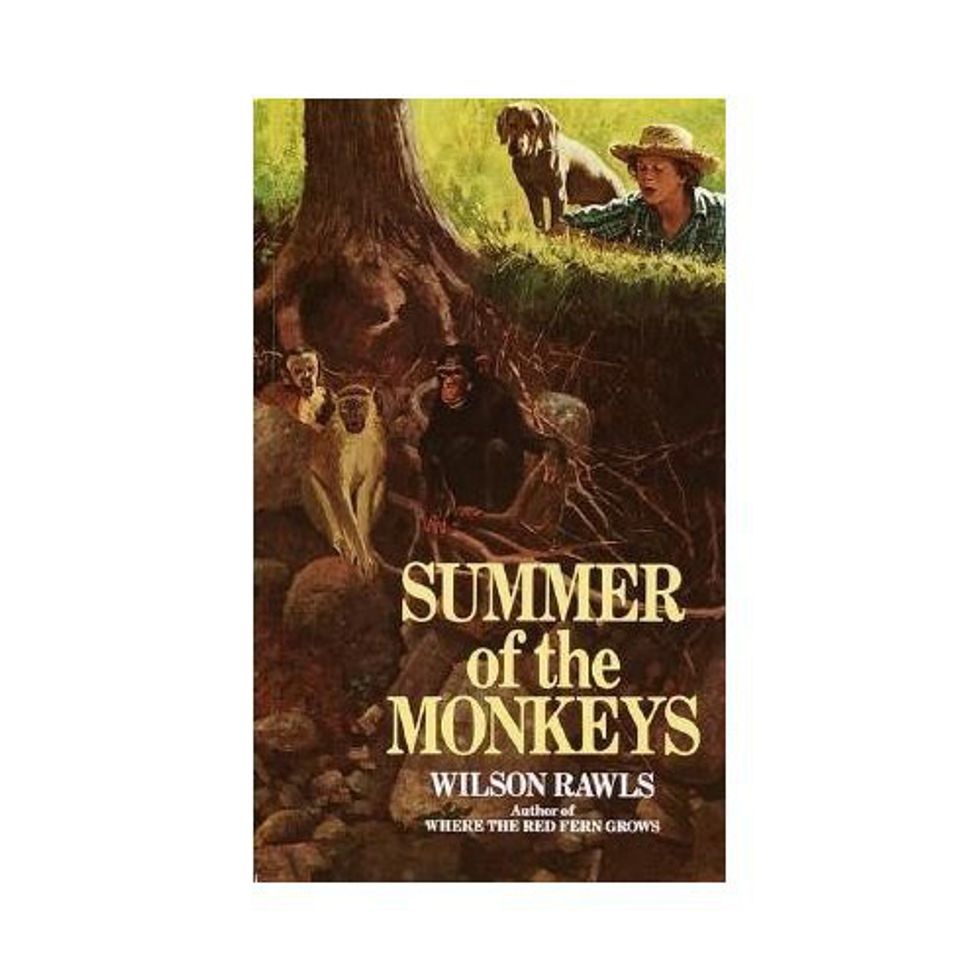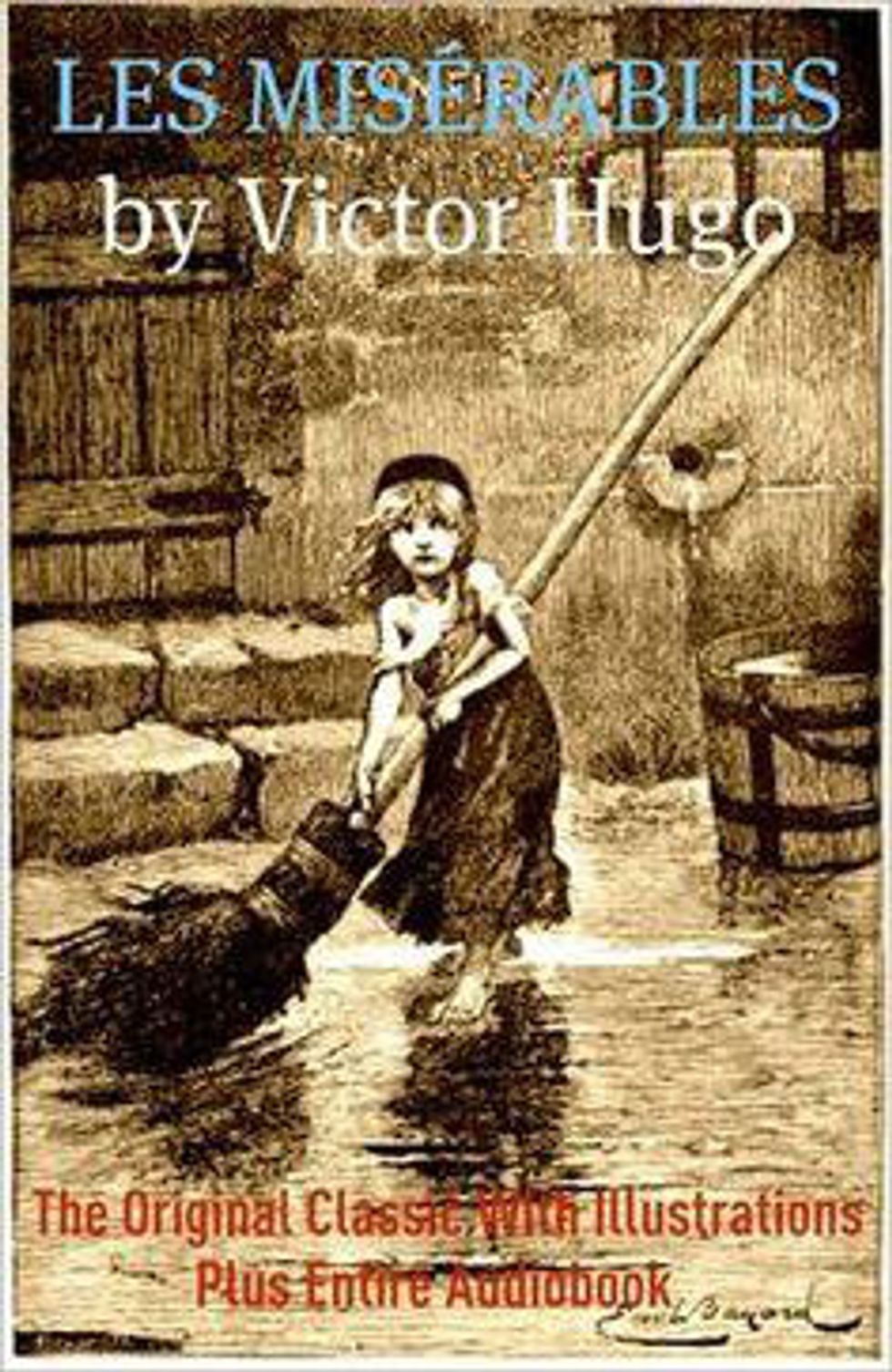The Harry Potter series by J. K. Rowling
You can call me biased, as I grew up on Harry Potter, but truly, this series is one of the best for both children and adults. It features extremely diverse characters from a multitude of backgrounds and tells an enticing story while having a deeper meaning. This series teaches that no matter who you are or how you were brought up, you can do great things, as long as you believe and have friends to help you. And besides, who doesn’t love stories about magic and dragons and coming of age surrounded by things that want to kill you?
"The Little Prince" by Antoine de Saint-Exupéry
This story, originally written in French, has been translated into several languages and is technically a children’s book. However, it has deep, poetic, philosophical subjects that make it enticing for older readers as well. This book is short and sweet, while also making you think about what you hold true. "The Little Prince" has themes ranging from “No one is ever satisfied with where he is,” and “What is essential is invisible to the eye,” to “It is much more difficult to judge oneself than to judge others. If you succeed in judging yourself, then you are indeed a man of true wisdom.” Readers will slowly come to understand the story of the main characters: the little prince and the pilot as the story unfolds and will come to love the story and the characters as they do.
"Jane Eyre" by Charlotte Bronte
"Jane Eyre" is considered to be a classic novel and features the story of a young girl named Jane, who faces much abuse in her life at the hands of her aunt and schoolmaster. Later in life, she falls in love then flees and later returns to the man she loves whom she marries and has a son with. This novel tells a fantastic story of love and overcoming struggles. Bronte magnificently tells a tale of surviving in the toughest of times and finding love even when it seems impossible and gives us a female character who is strong in a time where women were oppressed.
"The Great Gatsby" by F. Scott Fitzgerald
This tale of friendship and love is one that is often hard to understand at first, but when one stops and thinks about the book, everything rushes into place. The main character, Nick Carraway, moves into a rented house next door to the mysterious Jay Gatsby, who he later finds is in love with his cousin, Daisy. Fitzgerald spins a story of affairs and dishonesty that ends with many deaths but is a remarkable love story nonetheless. Gatsby and Daisy are considered two of the greatest lovers there has been in literature and "The Great Gatsby" shows that the “American Dream” has turned into an unrelenting pursuit of money instead of happiness.
"Fahrenheit 451" by Ray Bradbury
Bradbury tells a story of a dystopian future in which books are banned and firemen burn them at the order of the tyrannical government. The society is built upon people not wanting to be offended and authors all trying not to offend anyone, so books begin to all sound the same and are thus banned by a society who thought that would solve all problems. The main character, Guy Montag, is a fireman who struggles with burning books after seeing several instances in his society where he questions what he and other humans are forced to believe about books and free thinking. "Fahrenheit 451" shows the dangers of a society based upon people not wanting to ever see anything that could be offensive. We, as a society today, teeter on the edge of becoming this dystopian idea of Bradbury’s and this novel warns us of how devastating the outcome can be.
"The Chronicles of Narnia" series by C. S. Lewis
Lewis does a fine job of creating an intriguing set of characters in a fantasy land full of magical, talking animals and manages to do it all without it being ridiculously childish. Narnia is a book that people of all ages return to out of love. The series follows a multitude of characters although mainly the books show four English children who travel to Narnia and save its inhabitants from an evil ice queen and become kings and queens there. The four children each have a virtue that Lewis and the Narnians value greatly and are thus rewarded for. Lewis creates a story with deep allegories to love and friendship and loyalty that some authors can’t even tie into adult novels.
"Brave New World" by Aldous Huxley
In this shocking dystopian novel, Huxley introduces his ideas about the future of civilization. The citizens of this oppressive society are born, or rather made from test tubes, and then conditioned in a series of Neo-Pavlovian exercises that teach them who they are to be as they are growing up. There are five castes named after the first five letters of the greek alphabet, and the castes decide what each person will grow up to be and do and even what color they will wear. Scientists hatch up the Bokanovsky Process, to make 96 identical twins in which they condition them to work in factories and do menial labor. Similar to Bradbury’s "Fahrenheit 451"; the people in "Brave New World" have banned most literature and restrict every person’s free thinking for the sake of a stable society. Everyone is happy with where they are because they have been conditioned to do so, and if they aren’t happy, pills are distributed to solve this. Huxley makes one question what they believe and what they are being shown and told by the government and asks questions that really make people think.
" Summer of the Monkeys" by Wilson Rawls
"Les Miserables" by Victor Hugo
This book—yes, it is a book and not just a musical or movie—follows a set of characters who are, as the title suggests, miserable. The French novel, "Les Miserables" focuses on an ex-convict named Jean Valjean who fled parole and became the mayor of a small town. When a woman named Fantine worked in the factory that Valjean owned dies, leaving her child behind, Valjean reveals himself as the convict who fled, and the detective, Javert, imprisons him. When he escapes, he must retrieve Fantine’s child from the abusive innkeepers who watch over her. He ends up moving with the child, Cosette, to a covent in Paris where he keeps Cosette safe until she grows up. When they move out of the convent, Cosette finds herself drawn to a young student named Marius who is leading a revolution against the French government. This story is one of death and tragedy, but also of great love telling the story of several characters who suffer greatly, but still manage to love and survive while promoting change and a better way of living. Hugo gives all his characters great depth, which helped the story advance in the world and be adapted into several musicals and movies.




